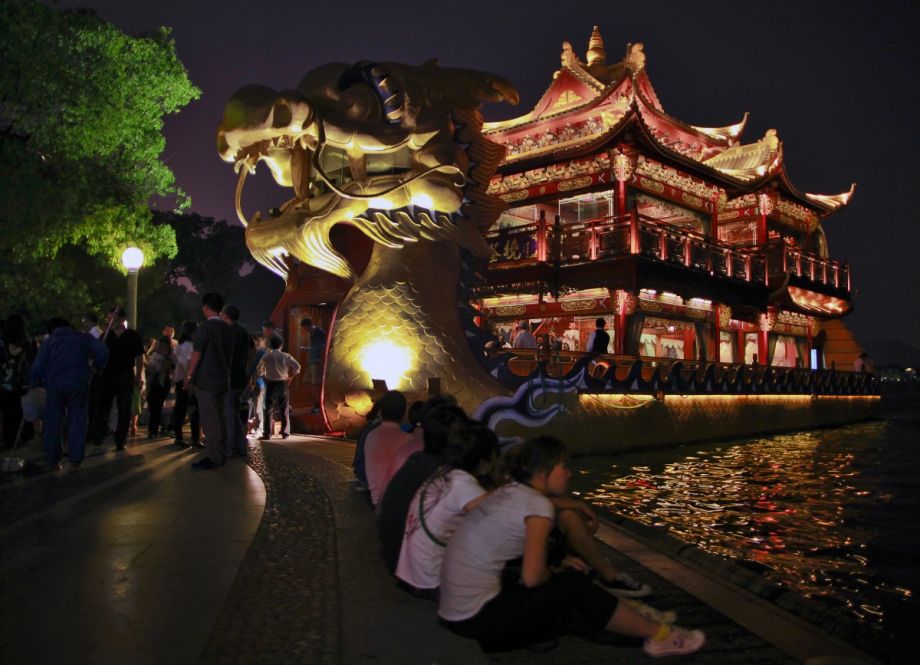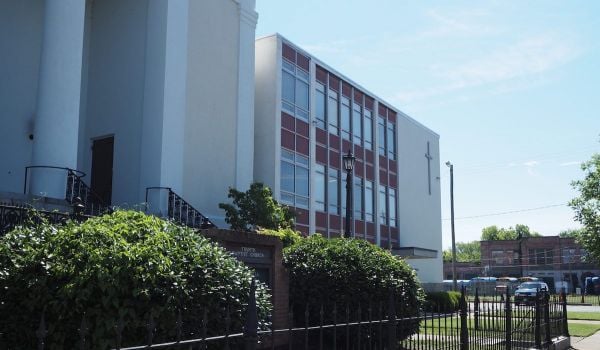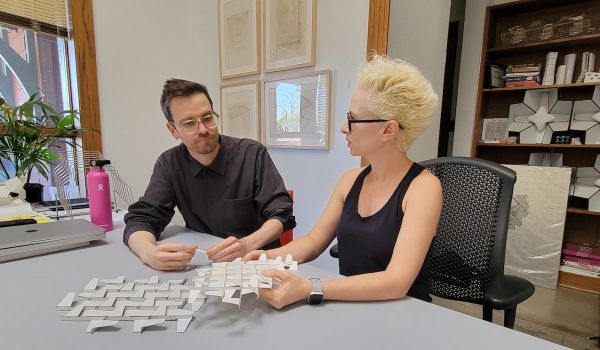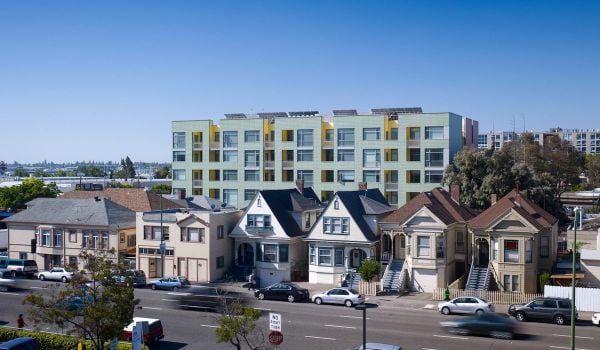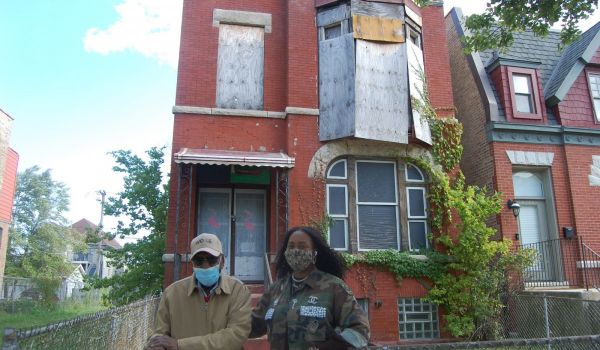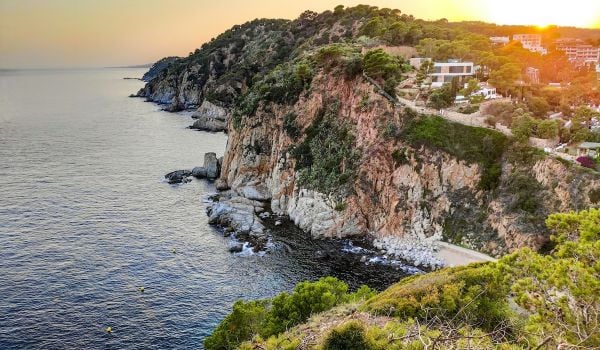China has been on a demolition spree for the last three decades, rebuilding cities in the name of urbanization and modernization (so modern, in fact, that President Xi Jinping recently called for “an end to ‘weird architecture’”). In the process, countless historic buildings and older communities were bulldozed to make way for the next high-rise.
Throughout the growth, saving historical space was a major topic of discussion, but only rarely did officials and developers call off the wrecking balls. China has outwardly embraced international recommendations from the likes of UNESCO, but the country’s decision-making about cultural heritage preservation has largely been governed by the need to modernize, urbanize and make money. Beijing’s destruction of its own hutong neighborhoods is well documented, and many historical sites have been turned over to tourism operators.
However, urbanization is slowing down in several of the major, more influential cities, allowing scholars and citizens to have slightly more input than before. Where once developers and local officials considered only profit, now community, culture and historical value play larger roles.
China’s preservation strategy has developed into a basic two-fold process. First, places with strong social and cultural value (and therefore economic value) are identified. Once those spaces are listed and “protected” by UNESCO or the domestic equivalent, the State Administration for Cultural Heritage, authorities decide to either replicate or renovate that space in order to maximize profit, protect the spirit of the space, and still allow for the urbanization drive to continue unabated.
Shanghai’s Xintiandi has helped define this strategy for the rest of the country. An upscale district in the heart of the shopping and financial district and just a few streets long, Xintiandi is designed to mimic Qing Dynasty imperial styles — while housing restaurants and bars, coffee chains like Starbucks, and a variety of knickknack shops. Although the heart of the development is faux-imperial, several of the neighborhoods surrounding Xintiandi date back to the turn of the century. European-style buildings, now inhabited by everything from law offices to four generations of working-class Chinese, provide the cultural heritage; Xintiandi provides the profit. The development has been so economically successful that any city in China with a comparable “old district” has applied the Xintiandi model.
Unfortunately, much of what the Xintiandi model has “saved” lacks the social power that the original community once had, and people have to, in effect, re-inhabit the space and re-create the lifestyle that gave life to the space in the first place.
A good example of cities adapting their development strategies to accommodate for the loss of community is the Kuan Zhai Xiangzi development in the city of Chengdu. Once the old city, where the imperial representatives lived and worked, and where the old Manchu warriors trained, Kuan Zhani Xiangzi grew into a valuable and consistent space for communities, despite the many changes to the core demographic. After the fall of the Qing Dynasty, Kuomintang generals moved in, replacing the Manchu nobles. The generals, in turn, were removed by the communists who gave the homes over to “the people,” working-class families who took over the old mansions and courtyards. The working-class families were then also slowly removed over years, starting in 2004 and ending in 2009, to make way for a large-scale renovation of the area.
Kuan Zhai Xiangzi became Chengdu’s version of Xintiandi: faux-imperial facades, Starbucks and other retail shops, and tourism. But, unlike Xintiandi, which is purely commercial, the developers in Chengdu chose to leave several homes and a lot of historic architecture untouched — even allowing some working-class families to continue living there — in order to try and keep the community alive.
Xintiandi and Kuan Zhai Xiangzi are steps in a progression toward a realistic preservation policy for a modernizing, urbanizing China.
One of the best examples of the urbanization drive coming together with historical communities and the preservation of culture in a successful, sustainable way is the West Lake development in Hangzhou. The city of Hangzhou has extraordinary cultural value in China, as the capital of the Song Dynasty in what was arguably China’s most powerful period. The West Lake region has been a poet’s muse for centuries.
The efforts of the city to shield the lake from Hangzhou’s rise as a major economic power in eastern China, while simultaneously bringing the cultural and historical significance of 11th-century Hangzhou into the 21st century is nothing short of remarkable.
The western half of the lake faces the city, and has, like most historical districts in China, been given entirely over to retail, tourism and restaurants. But the rest of the lakefront property, especially the hills to the west, is devoted to preserving the old pagodas and temples, and passing on the cultural achievements of old Hangzhou. Several small temples are free and open to the public. Educational plaques mark the lakeside paths at regular intervals, and the famous Longjing green tea is cultivated along the western hills much as it always has been. The developers have successfully isolated the economic engine so necessary for any development to be approved in modern China, thereby allowing the rest of the lake to add value as a cultural and education resource.
With the first three decades of China’s urbanization drive already done, and another 30 years or so ahead, local authorities across the nation are increasingly studying the success of Hangzhou’s West Lake. Chinese have tolerated the destruction of much of what was, because most people deemed it a necessary evil. But with priorities shifting, the pressure is on to find a preservation model for the future.

